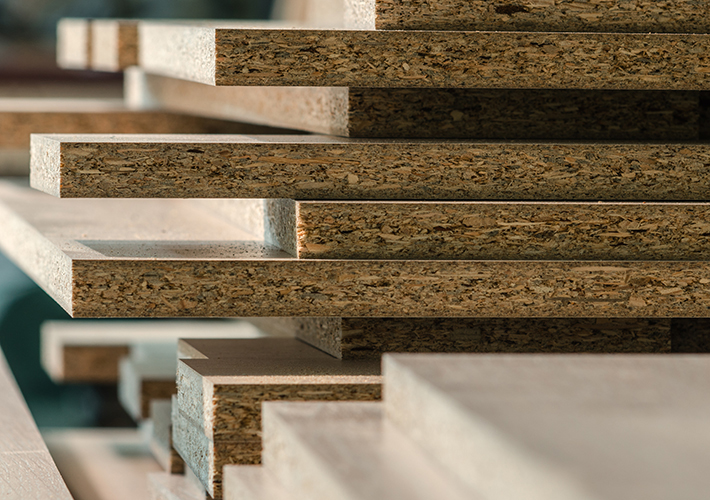
Analyzing Airborne Formaldehyde
A new ASTM International standard describes a range of techniques that can be used to analyze formaldehyde concentrations in indoor air. ASTM’s air quality committee (D22) developed the standard, which will soon be published as D8407.
A naturally occurring organic compound, formaldehyde is an ingredient in many materials, such as resins used for particleboard and coatings.
“Formaldehyde is a concern in the air we breathe because it is nearly ubiquitous and a known human carcinogen,” says ASTM International member Dustin Poppendieck. “Hence, determining the airborne concentration of formaldehyde in various environments and time scales is important to human health.”
Poppendieck, a research engineer, notes that there are many ways to determine formaldehyde concentration. The new standard provides an overview of ten different approaches to quantifying formaldehyde concentrations.
“The new guide highlights the sampling rate, detection limits, advantages, and limitations of each technique,” says Poppendieck. “This allows the user to select or learn about the most appropriate technique for their application.”
“Increased regulation surrounding the emission of formaldehyde to indoor and in-vehicle environments has driven analytical system manufacturers to develop instruments and address the growing need of material manufacturers and laboratories,” says ASTM member Caroline Widdowson, Markes International Ltd. “The new standard highlights the options to improve throughout, reduce running costs, improve safety, and the ability to include formaldehyde in the same analysis as other volatile compounds of interest.”
The guide will also aid those in regulatory bodies to understand the limitations of data supplied by the newer techniques. The guide can also be noted in other ASTM International standards as a reference for alternative formaldehyde quantification.
To purchase standards, contact ASTM International customer relations (tel +1.877.909.ASTM; sales@astm.org).
 SN Home
SN Home Archive
Archive Advertisers
Advertisers Masthead
Masthead RateCard
RateCard Subscribe
Subscribe Email Editor
Email Editor